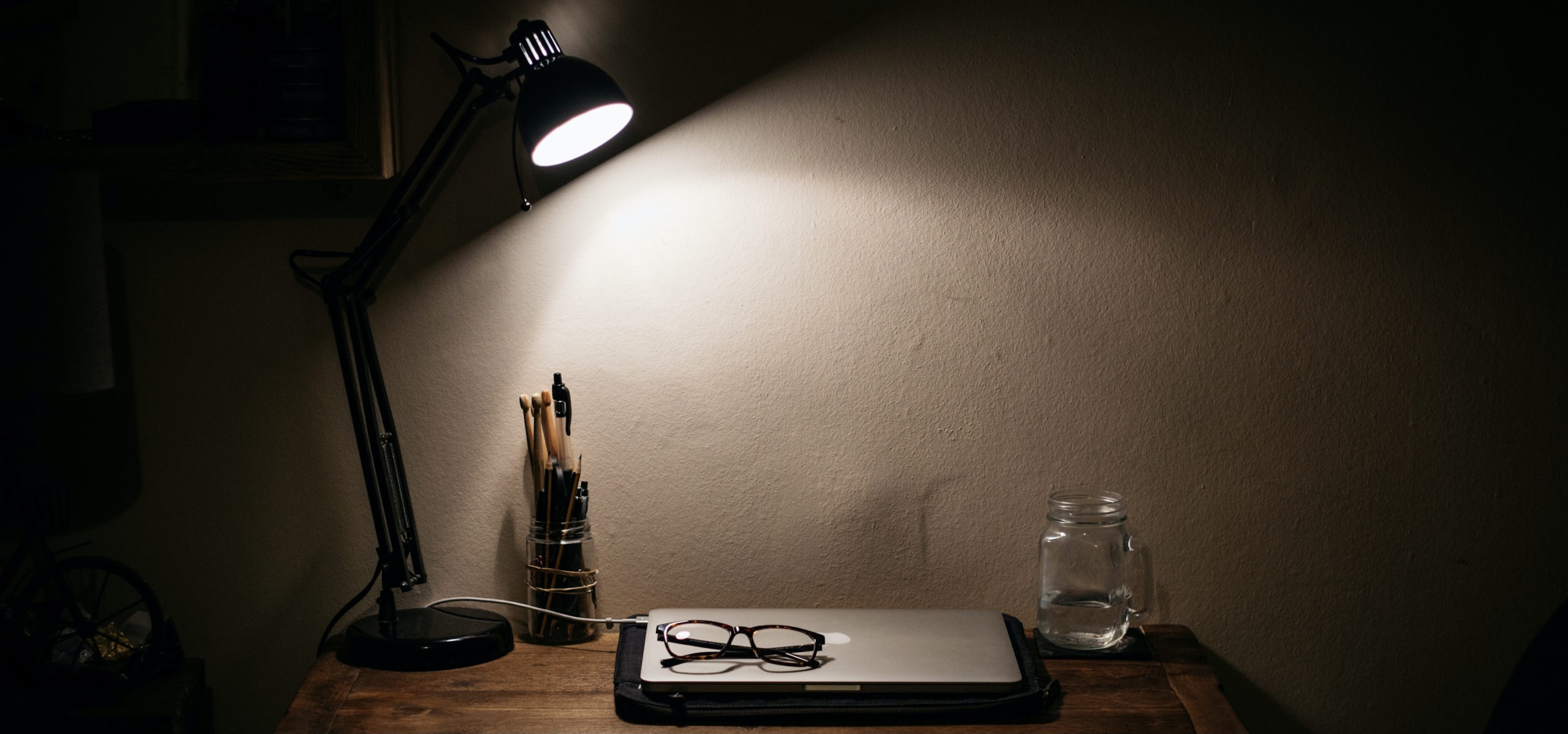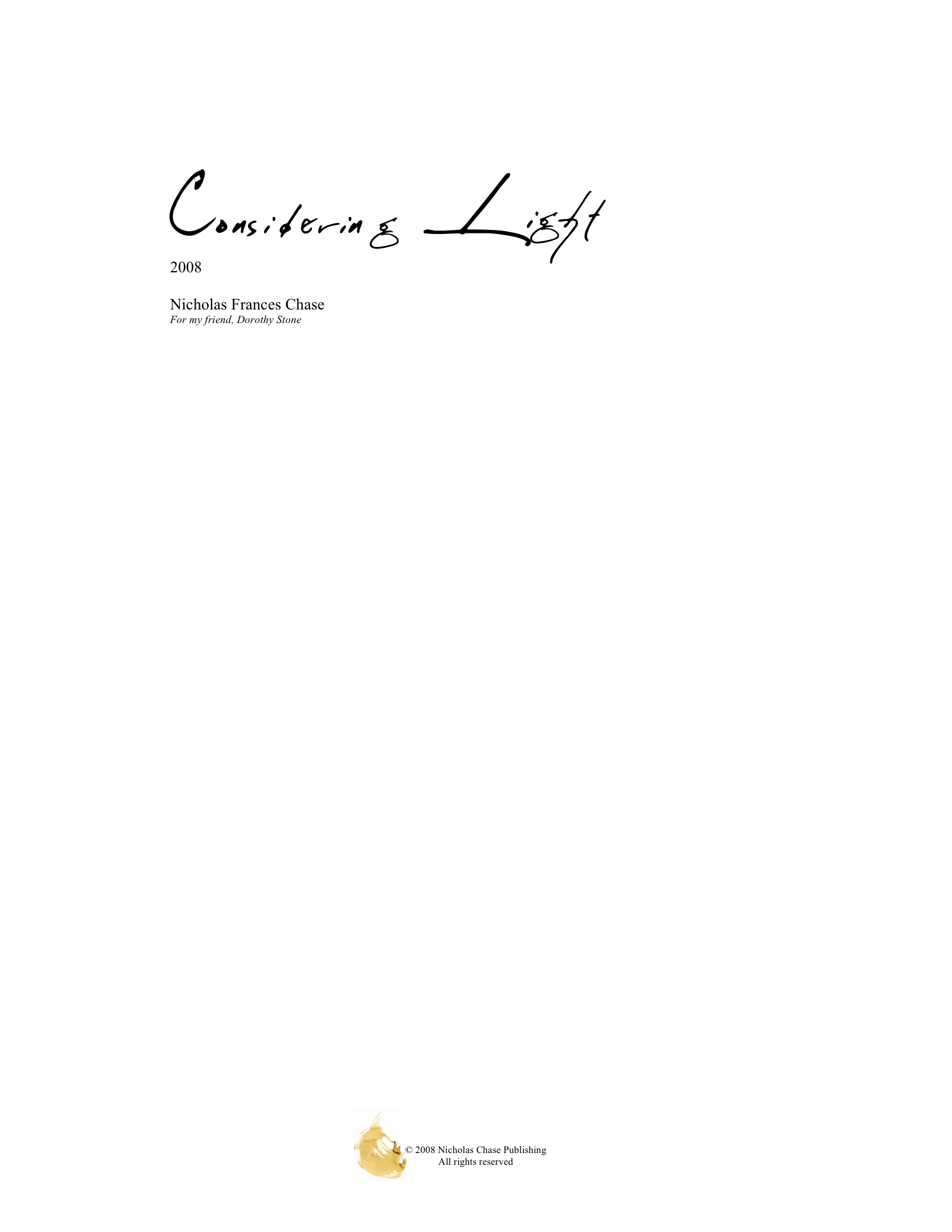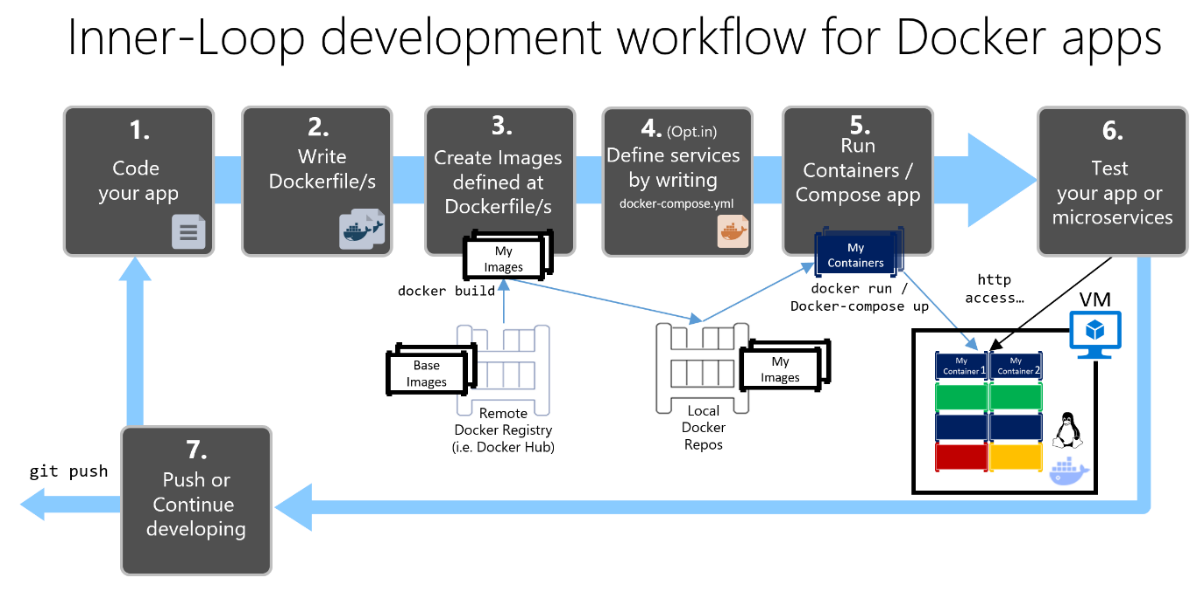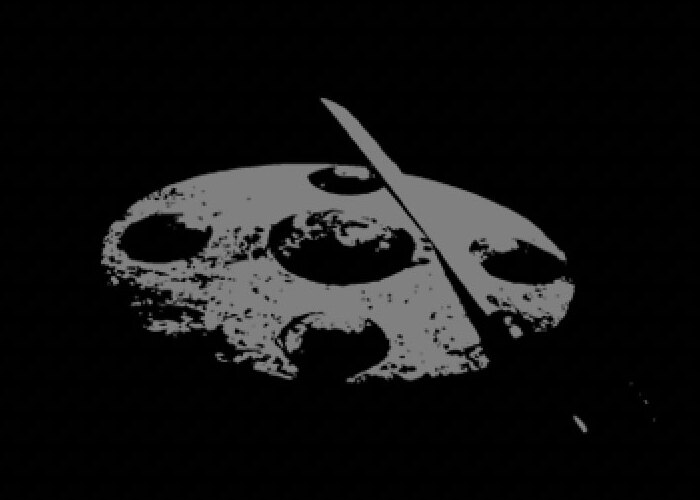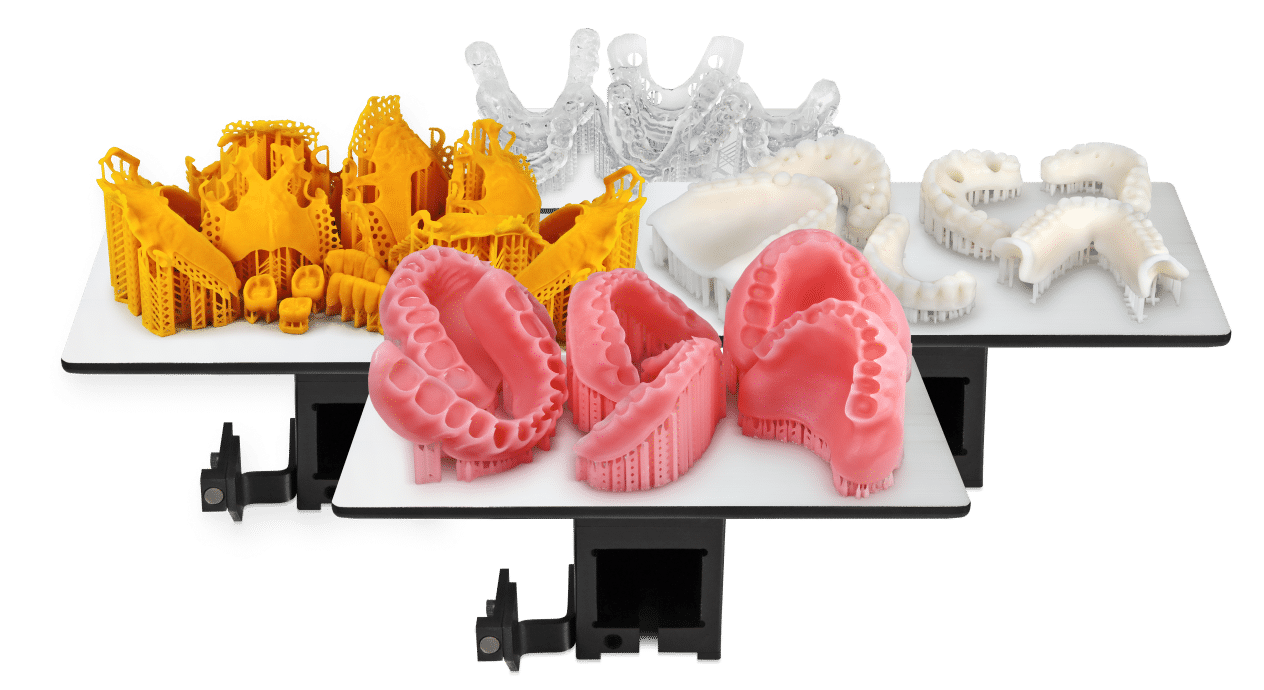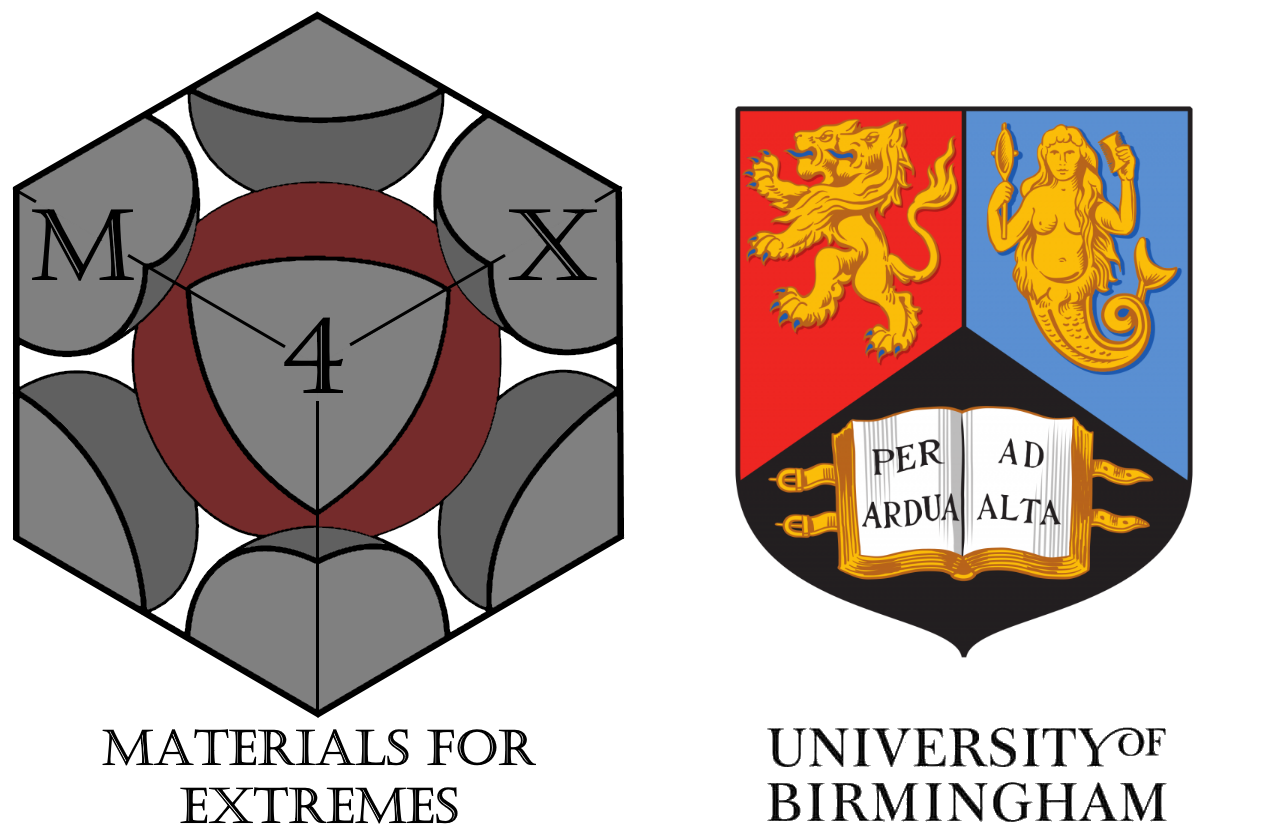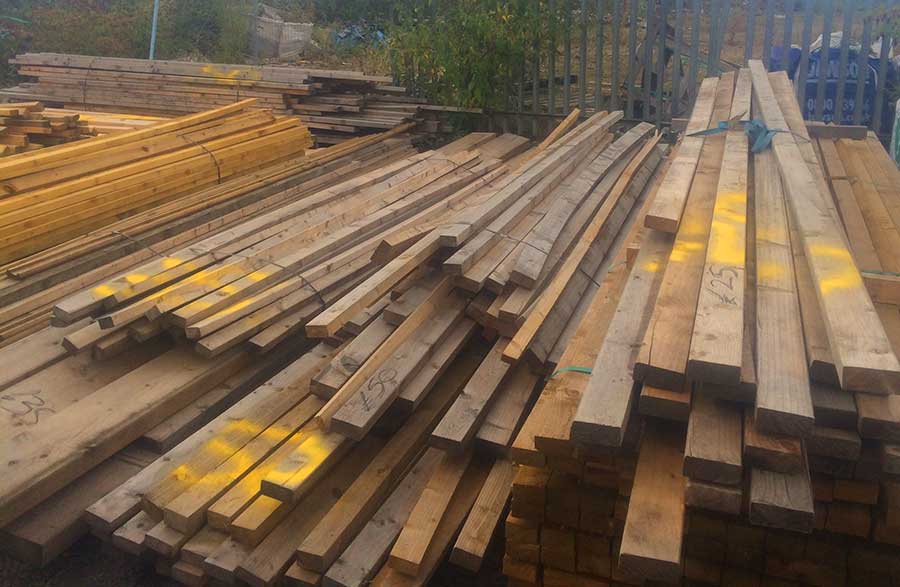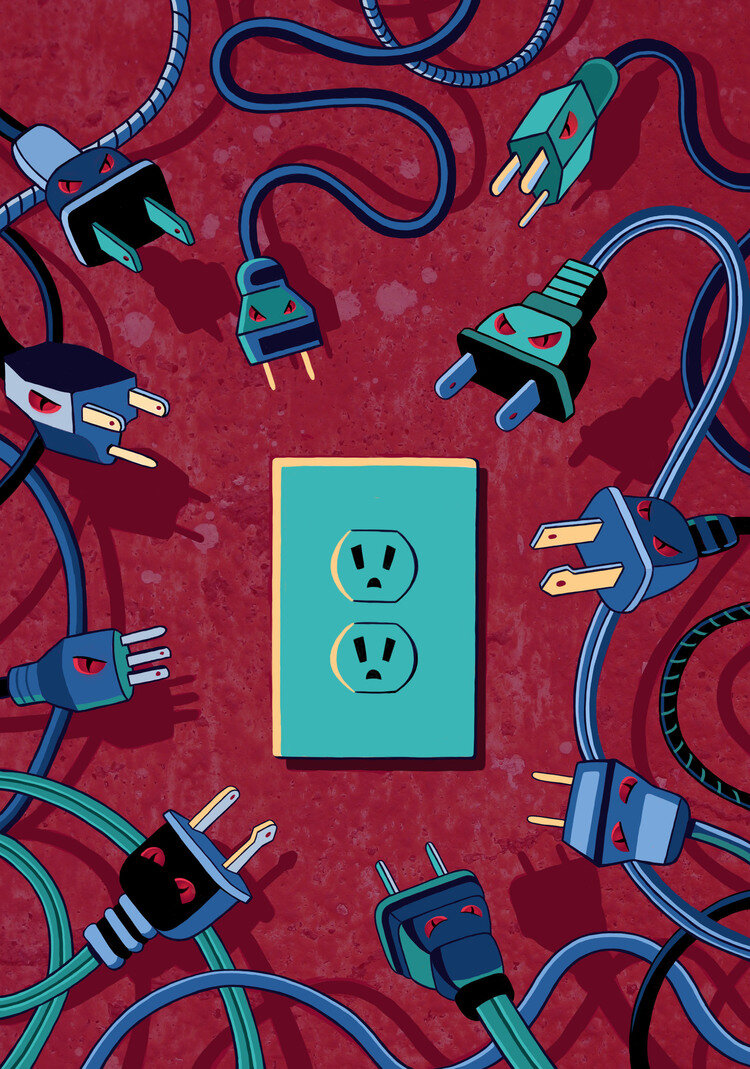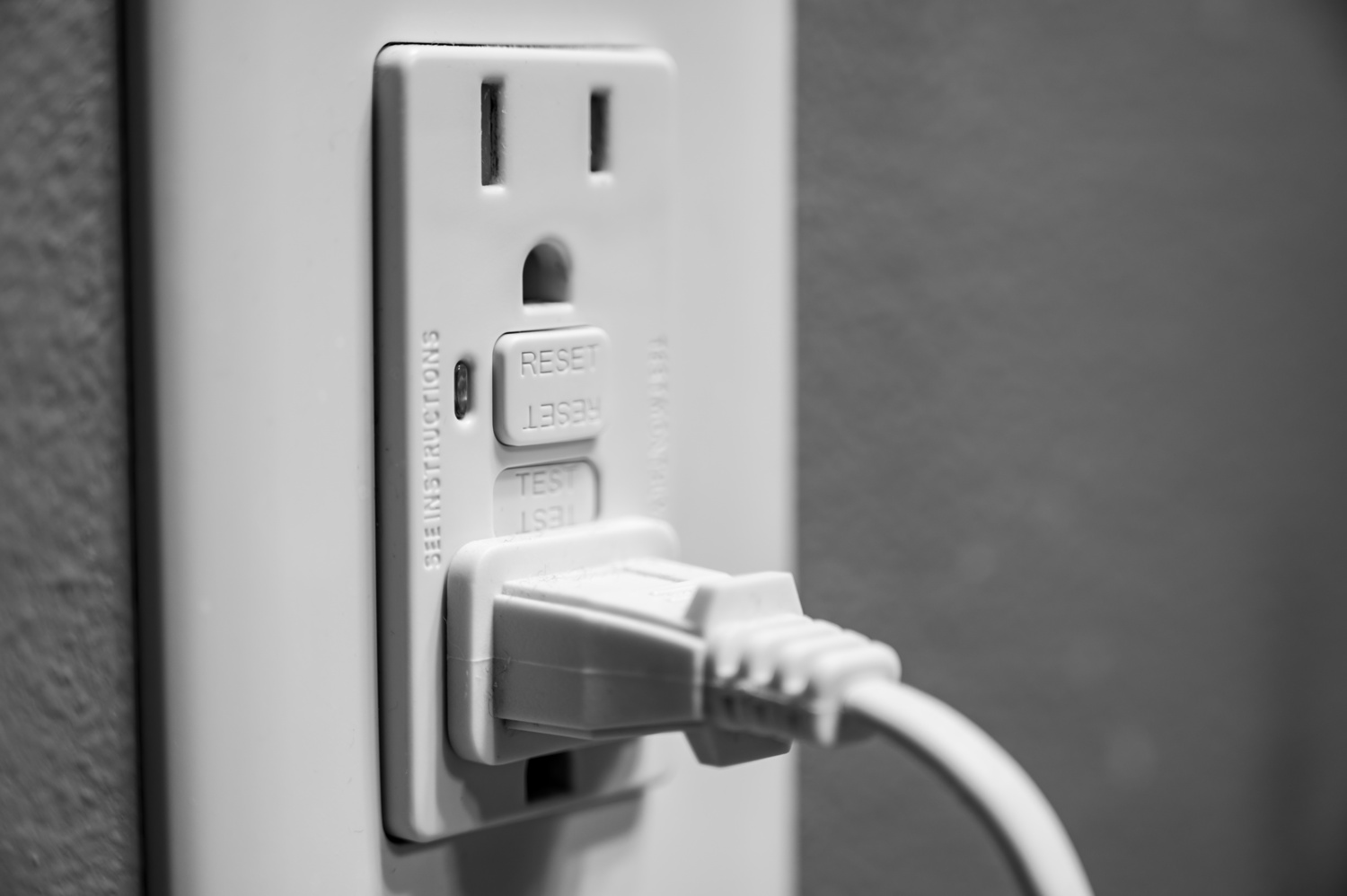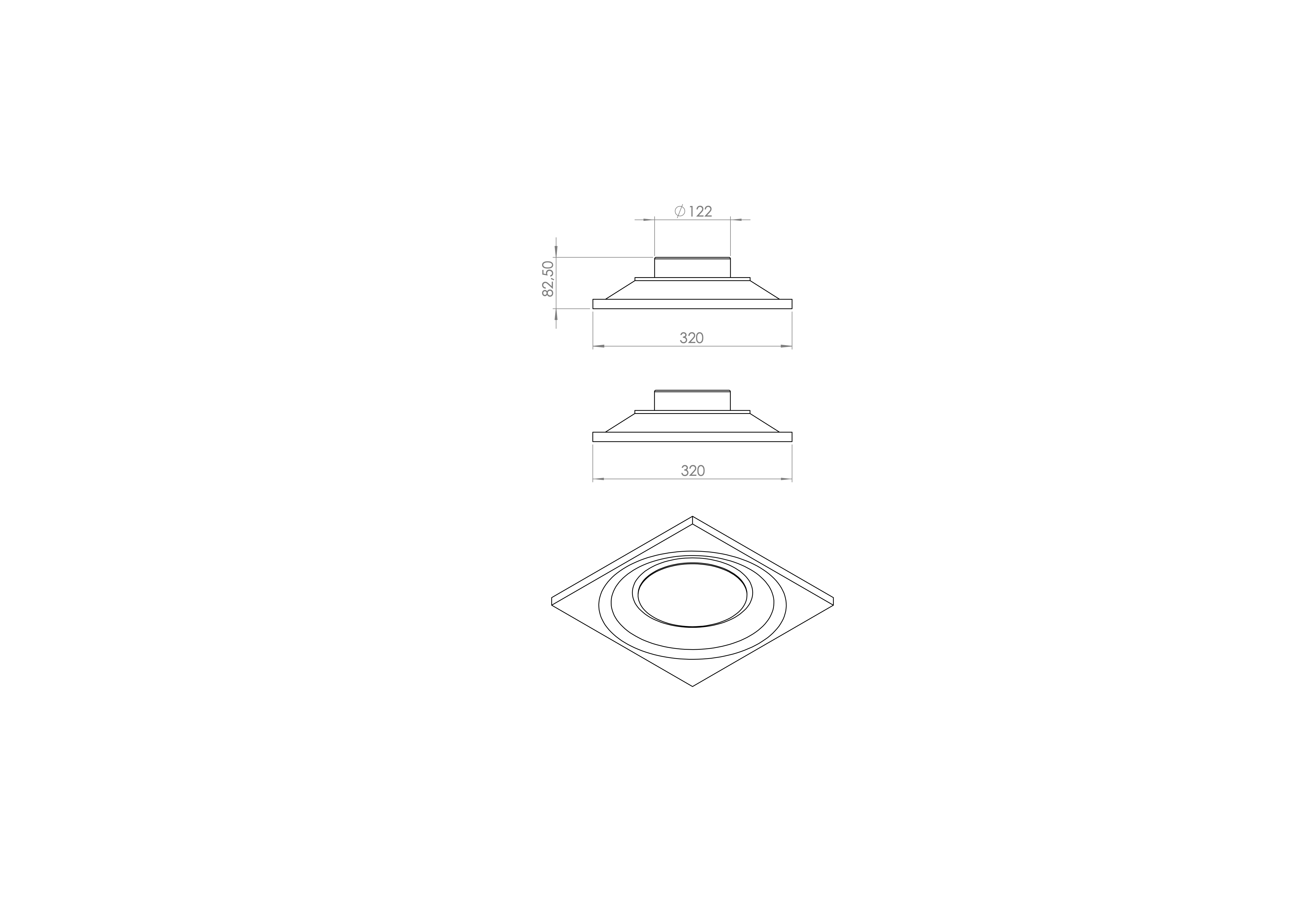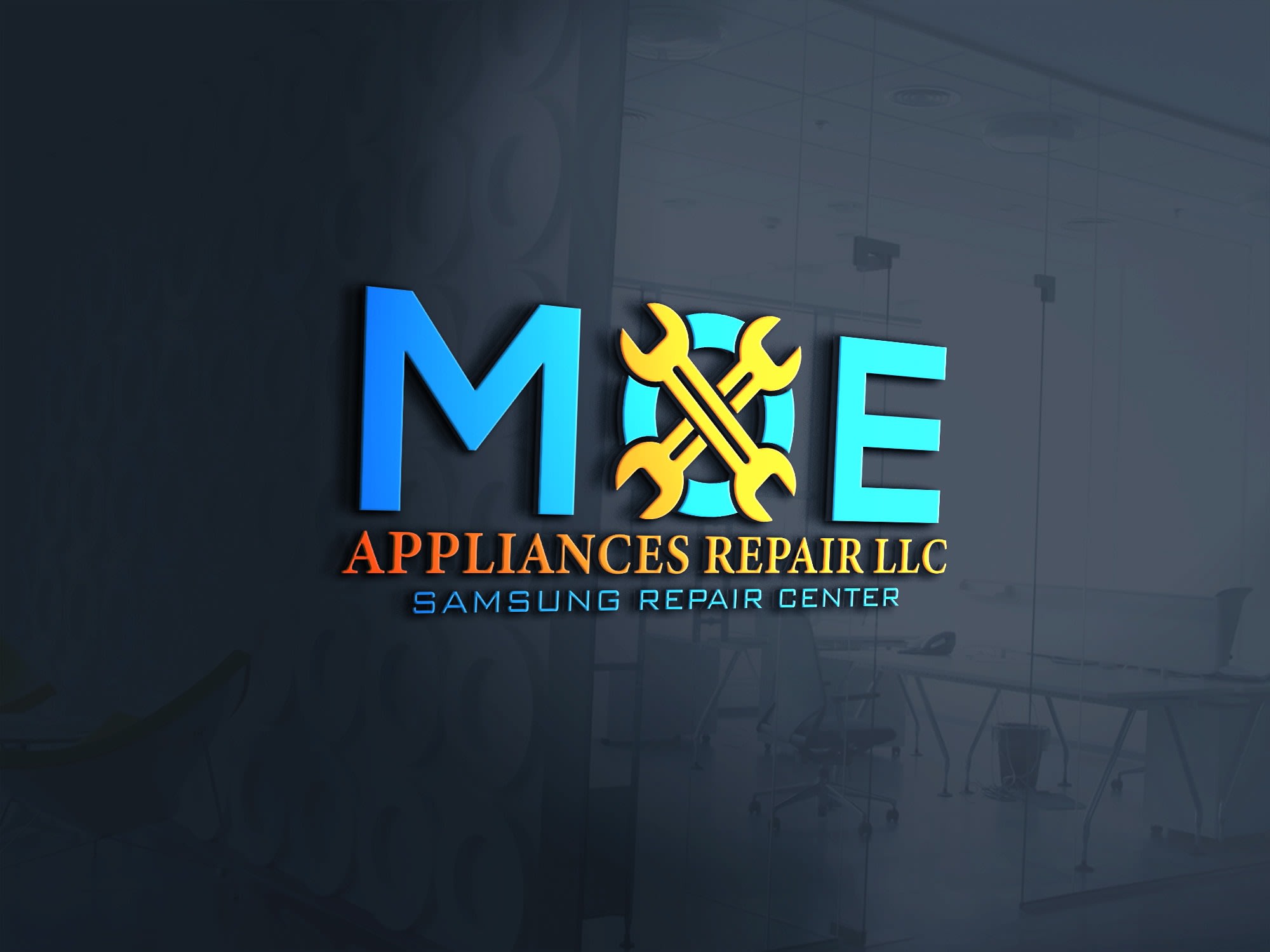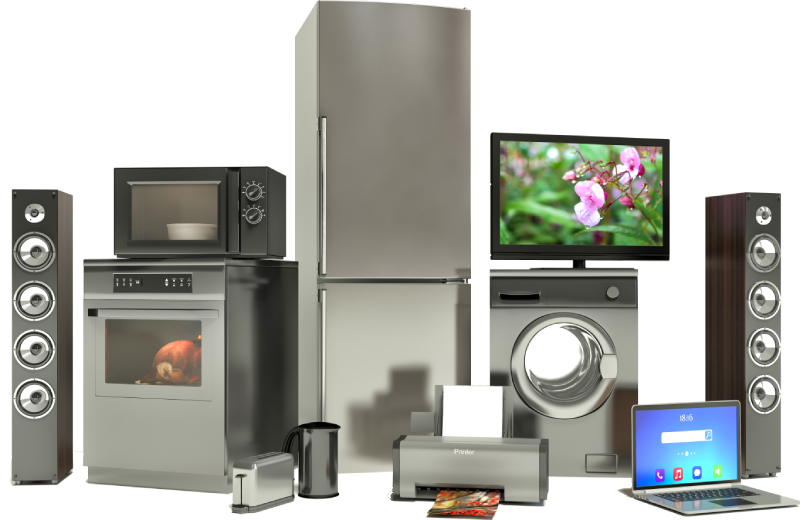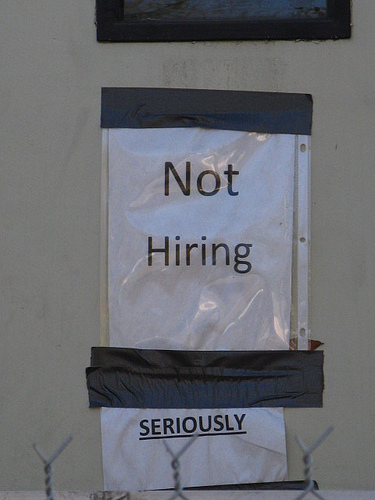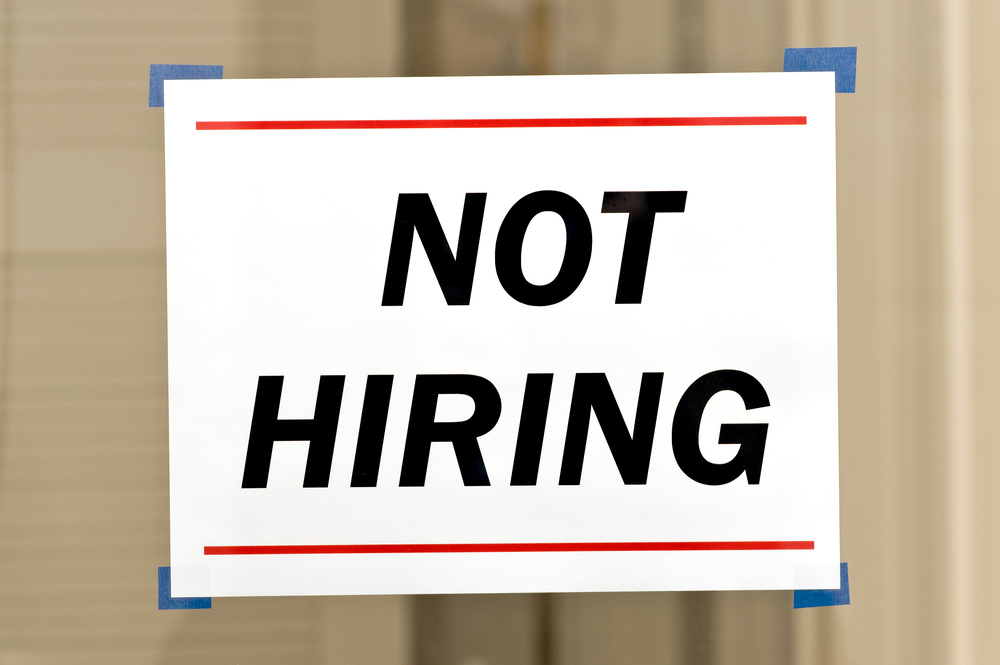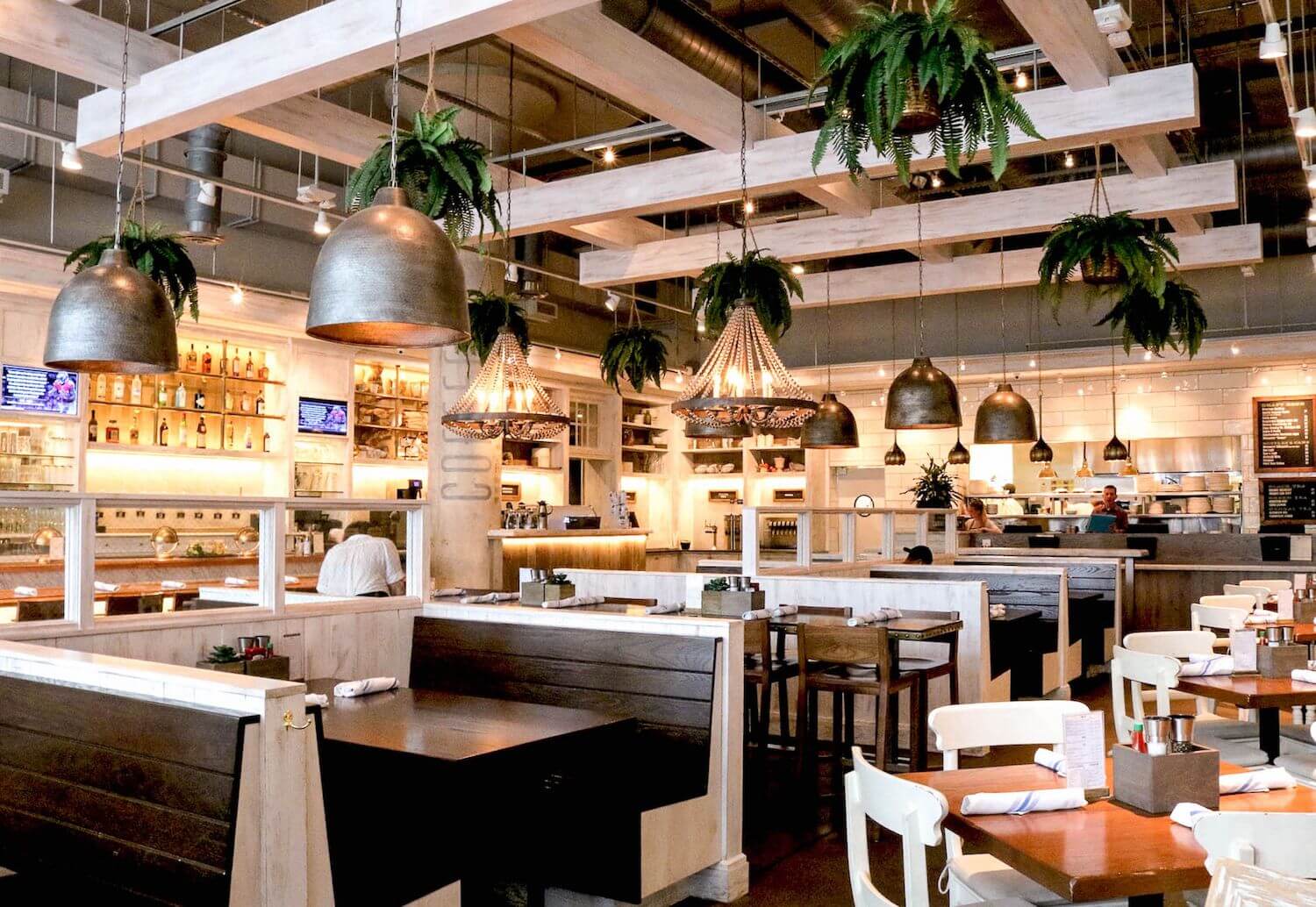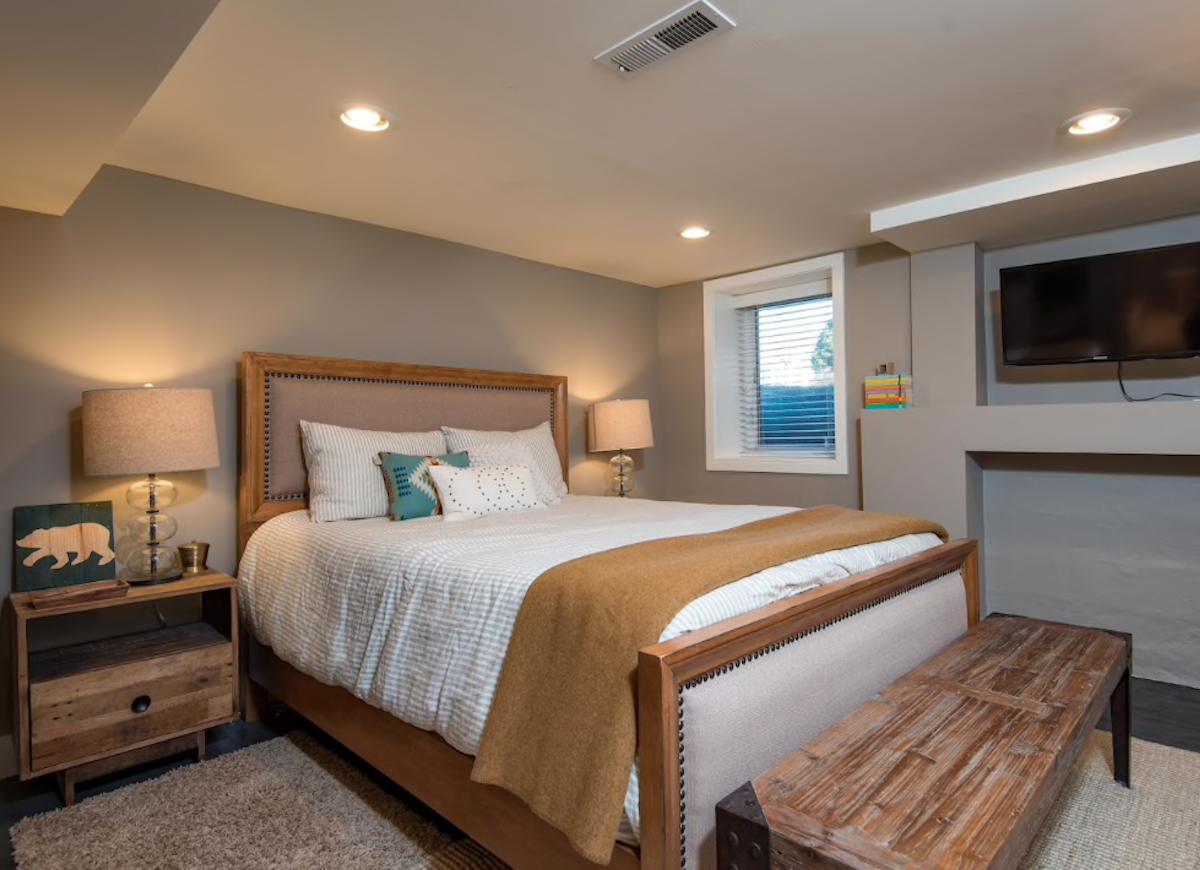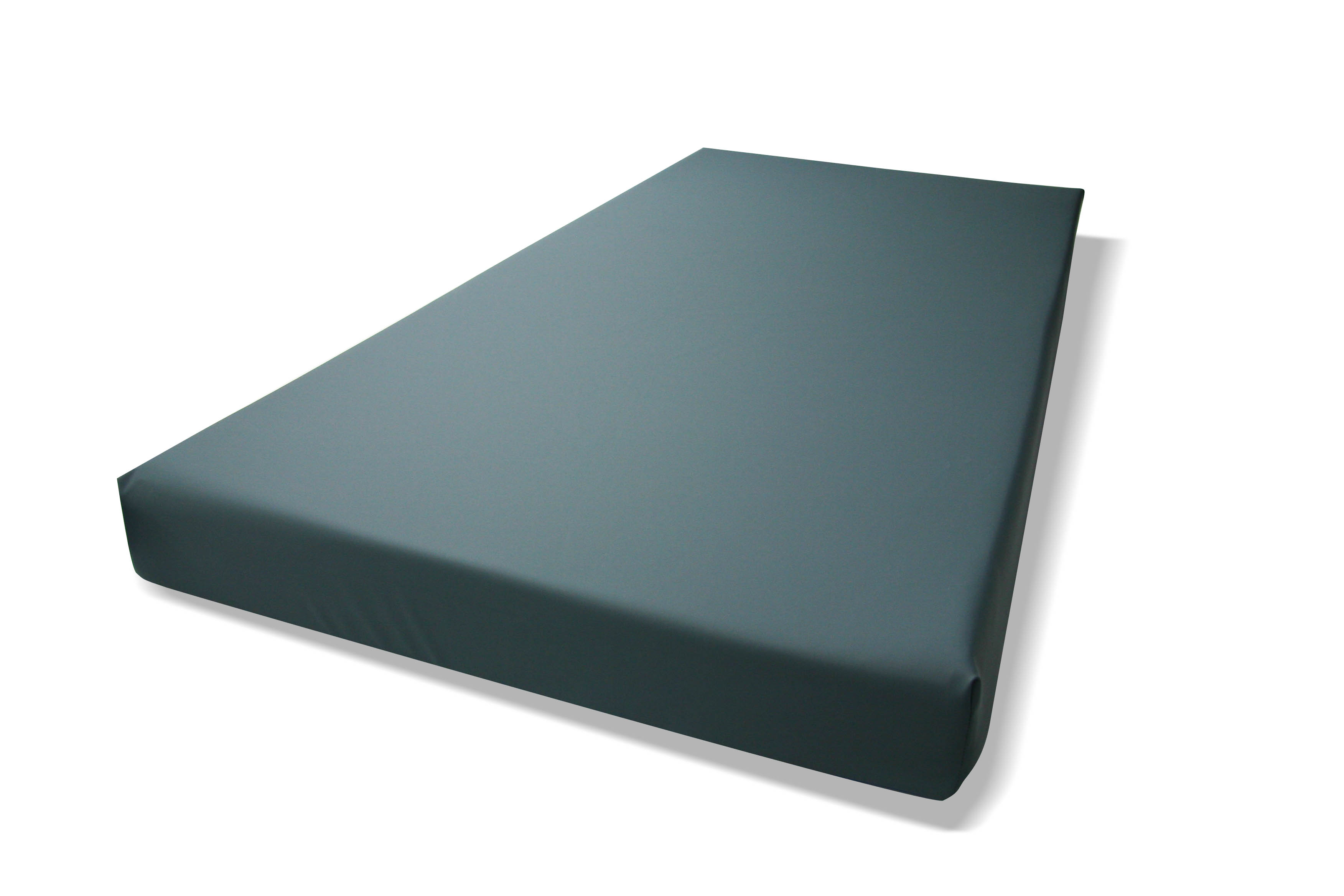Lighting is one of the most important aspects of a kitchen design, yet it is often overlooked. A poorly lit kitchen can make cooking and meal preparation difficult, and can even lead to accidents. Proper lighting is essential for creating a functional and inviting space. When designing your kitchen, make sure to include a mix of task lighting and ambient lighting. Task lighting includes under-cabinet lights, pendant lights over the island or sink, and recessed lights above the stove. Ambient lighting can be achieved through overhead lights or a chandelier. Consider installing dimmer switches to create different moods and levels of lighting.1. Poor Lighting
One of the biggest complaints of homeowners is not having enough counter space in their kitchen. Counter space is crucial for food preparation, placing small appliances, and even serving meals. Make sure to plan for enough counter space in your kitchen design, taking into account the size of your appliances and any specific tasks you may need to perform. If you have limited space, consider adding a kitchen island or a fold-down table that can be used for extra counter space when needed. You can also utilize vertical space by installing shelves or hanging racks for pots and pans.2. Lack of Counter Space
Storage is another common problem in kitchens, especially in smaller ones. Not having enough storage can lead to cluttered countertops and difficulty finding items when cooking. When designing your kitchen, make sure to maximize storage space by utilizing cabinets, drawers, and pantry spaces. Consider installing customized storage solutions such as pull-out shelves, lazy susans, and vertical dividers to make the most out of your space. You can also utilize wall space by adding shelves or racks for storing frequently used items.3. Inadequate Storage
The layout of your kitchen is crucial in determining its functionality and flow. Choosing the wrong layout can make cooking and meal preparation a hassle, and can even create safety hazards. The most common kitchen layouts include the L-shaped, U-shaped, and galley layouts. When deciding on a layout, consider the size and shape of your kitchen, as well as the location of windows and doorways. You should also keep the work triangle (the distance between the sink, stove, and refrigerator) in mind to ensure efficient movement while cooking.4. Choosing the Wrong Layout
Workflow is the path that you take when cooking in your kitchen, from prepping ingredients to cooking and cleaning up. Not considering workflow can lead to frustration and inefficiency in the kitchen. When designing your kitchen, think about the steps you take when cooking and make sure that your layout and storage placement supports that flow. For example, you may want to place your sink near the stove for easy access when draining pasta or washing vegetables. You may also want to have your trash and recycling bins located near the prep area for easy cleanup.5. Not Considering Workflow
It can be tempting to cut costs by using cheap materials in your kitchen design, but this can lead to more expenses in the long run. Cheap materials are often not as durable and can easily wear down, leading to the need for replacements or repairs. Investing in quality materials, such as solid wood cabinets and quartz countertops, may cost more upfront, but they will last longer and save you money in the long run. Consider using a mix of high and low-end materials to create a balance and stay within your budget.6. Using Cheap Materials
In today's modern kitchen, there are many electrical appliances that we use on a daily basis. Not having enough outlets can be a major inconvenience when trying to plug in multiple devices at once. When designing your kitchen, make sure to include plenty of outlets in convenient locations. You may also want to consider installing USB outlets for charging phones and other devices, and outlets with built-in surge protectors to protect your appliances from power surges.7. Not Enough Outlets
Proper ventilation is necessary in a kitchen to remove cooking odors, steam, and heat. Ignoring ventilation can lead to a buildup of unpleasant smells and even create a fire hazard. When designing your kitchen, make sure to include a range hood above your stove to vent out smoke and odors. You may also want to consider installing a kitchen exhaust fan if your kitchen does not have a window or if you do a lot of deep-frying or cooking with high heat.8. Ignoring Ventilation
Appliances are an essential part of any kitchen, but not planning for them can lead to design and functionality issues. When designing your kitchen, make sure to take into account the size and placement of your appliances, such as the refrigerator, stove, and dishwasher. Consider built-in appliances to save space and create a sleek and seamless look. You may also want to hide appliances behind cabinet panels to create a more cohesive and organized look.9. Not Planning for Appliances
Designing a kitchen can be a daunting task, and not hiring a professional designer can lead to costly mistakes. A professional designer has the knowledge and experience to create a functional and aesthetically pleasing kitchen that meets your specific needs and style. They can also help you avoid common design mistakes and offer solutions that you may not have thought of. While it may seem like an added expense, hiring a professional designer can actually save you time, money, and stress in the long run. In conclusion, avoiding these 10 worst kitchen design mistakes can help you create a functional and beautiful space that you and your family will love for years to come. Remember to consider lighting, storage, layout, workflow, and the use of quality materials, as well as the importance of proper ventilation, outlets, appliance planning, and the expertise of a professional designer. With these tips in mind, you can create the kitchen of your dreams.10. Not Hiring a Professional Designer
The Impact of Poor Kitchen Design on Your Home
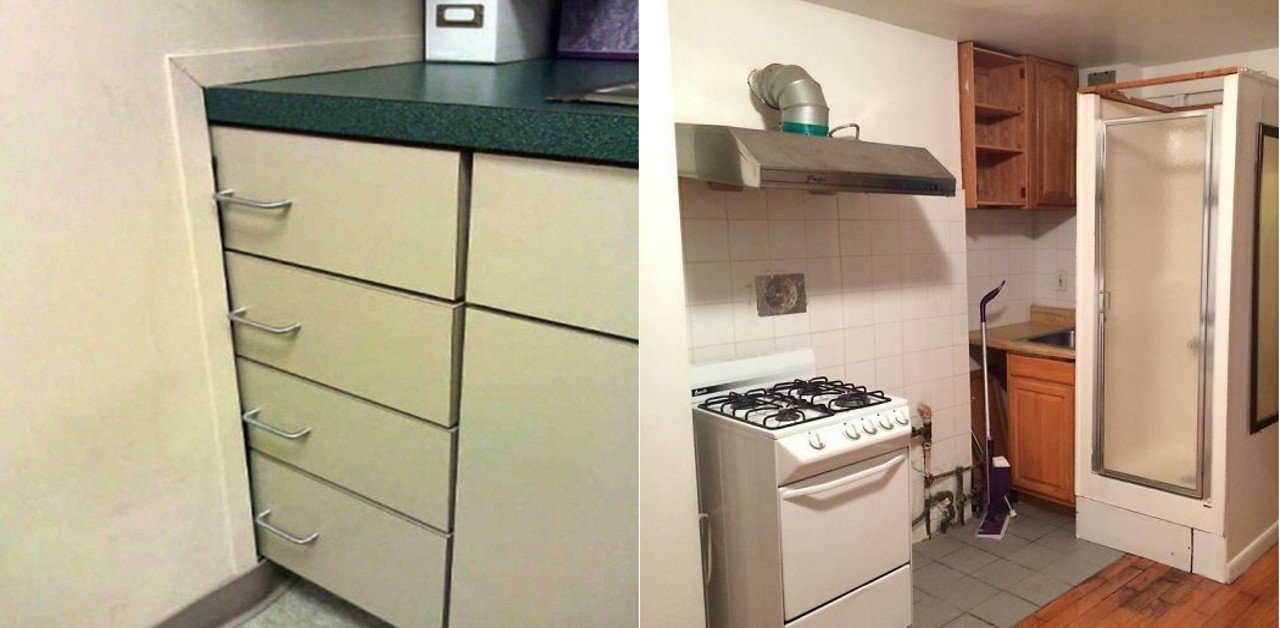
The kitchen is often considered the heart of the home, where meals are cooked, memories are made, and quality time is spent with loved ones. However, a poorly designed kitchen can have a negative impact on the overall functionality and aesthetic of your home. Here are some of the worst kitchen design mistakes that can turn your dream kitchen into a nightmare.
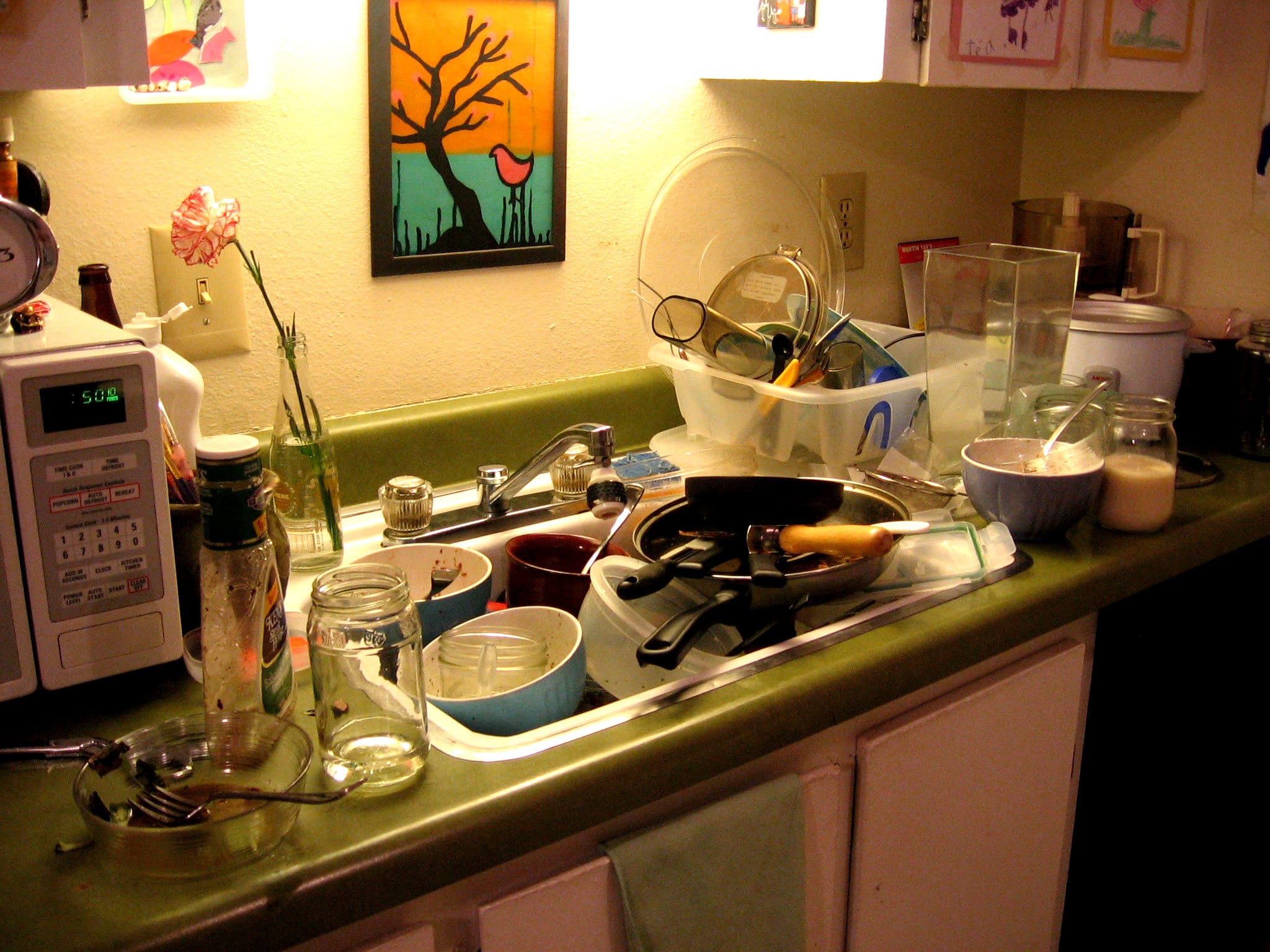
One of the biggest mistakes that homeowners make when designing their kitchen is not considering the layout carefully. A poorly laid out kitchen can lead to a lot of wasted space and make it difficult to move around and utilize the area effectively. For example, placing the sink too far from the stove can make cooking and cleaning a hassle, while having the refrigerator too far from the cooking area can make meal prep more time-consuming and inefficient.
Storage is another crucial aspect of kitchen design that is often overlooked. Without enough storage space, your kitchen can quickly become cluttered and disorganized, making it difficult to find what you need. This can also lead to food waste and unnecessary spending on items you already have but can't locate. Make sure to plan for enough cabinets, shelves, and drawers to store all of your kitchen essentials.
Another common mistake is poor lighting in the kitchen. Proper lighting is essential for both functionality and ambiance in the kitchen. A lack of lighting can make it challenging to see while cooking and can also make the space feel dark and unwelcoming. On the other hand, harsh, bright lighting can make the space feel cold and clinical. Consider incorporating a mix of natural light, task lighting, and ambient lighting to create a well-lit and inviting atmosphere in your kitchen.
While it may be tempting to follow the latest trends in kitchen design, it's important to keep timelessness in mind. Trends come and go, but your kitchen is a long-term investment. Choosing overly trendy elements can quickly make your kitchen look outdated and may even decrease the value of your home. Opt for classic and timeless design elements that will stand the test of time and won't require frequent updates.
Lastly, many homeowners make the mistake of sacrificing functionality for style. Of course, you want your kitchen to look beautiful, but it's also important to consider how it will function in your everyday life. For example, that trendy open shelving may look great on Instagram, but it may not be the most practical choice for storing dishes and cookware if you use them frequently.
In conclusion, a well-designed kitchen can add value and functionality to your home, while a poorly designed one can have the opposite effect. By avoiding these common kitchen design mistakes and carefully planning your layout, storage, lighting, and style, you can create a beautiful and functional kitchen that you and your family will love for years to come.





